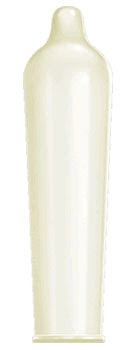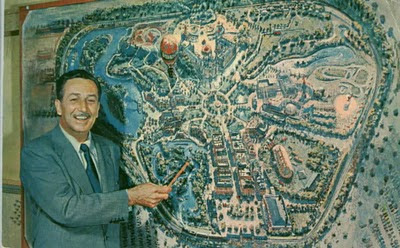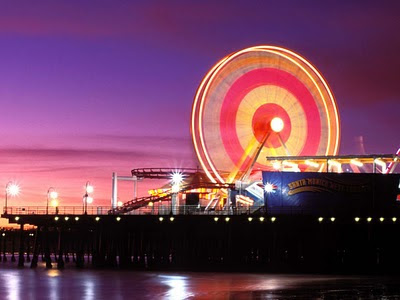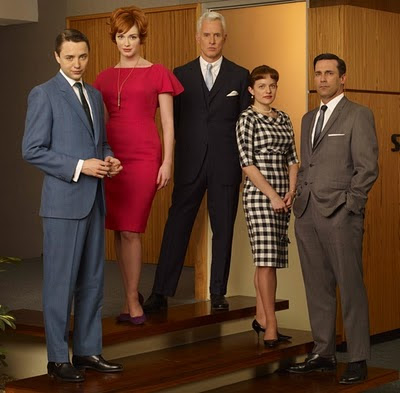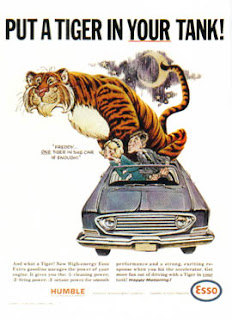 Pity the summer tourist in New York, the city where everything is more expensive than it is back home. Last month, Serendipity 3, an East Side eatery popular with visitors, introduced a $69 hot dog. Call that a leading indicator: Several Manhattan restaurants introduced $100+ hamburgers prior to the 2008 meltdown, but not many have since — maybe lest the masses storm the place with pitchforks. Like the hamburgers, Serendipity 3's "Foot-Long Haute Dog" attempts to justify the price with the garnishes. The hot dog comes with medallions of foie gras with black truffles and caramelized Vidalia onions. The accompanying ketchup is said to be made from heirloom tomatoes, and the Dijon mustard is spiked with truffle shavings. Foodies are left to ponder how well the flavor of truffles and foie gras stands up to a good slathering of condiments.
Pity the summer tourist in New York, the city where everything is more expensive than it is back home. Last month, Serendipity 3, an East Side eatery popular with visitors, introduced a $69 hot dog. Call that a leading indicator: Several Manhattan restaurants introduced $100+ hamburgers prior to the 2008 meltdown, but not many have since — maybe lest the masses storm the place with pitchforks. Like the hamburgers, Serendipity 3's "Foot-Long Haute Dog" attempts to justify the price with the garnishes. The hot dog comes with medallions of foie gras with black truffles and caramelized Vidalia onions. The accompanying ketchup is said to be made from heirloom tomatoes, and the Dijon mustard is spiked with truffle shavings. Foodies are left to ponder how well the flavor of truffles and foie gras stands up to a good slathering of condiments.Serendipity 3 is a dessert-heavy place popular with tourists wanting to see celebrities. The fanfare over the $69 hot dog was transparently a way of getting that crowd's attention. The new dish was introduced on National Hot Dog Day with a representative of the Guinness Book of World Records on hand to "certify" it as the world's most expensive hot dog. The restaurant's very busy press agent, Joe Calderone, talked up the $69 frank and the alleged celebrity clientele to anyone who would listen. ("Cher is a regular who always get the regular foot-long. Now we will offer her the most expensive one.")
Absurdly priced menu items are more than a publicity gimmick. They're an application of "anchoring," a cognitive phenomenon discovered by psychologists Amos Tversky and Daniel Kahneman in the 1970s. Whenever we try to estimate a numerical value, we are unconsciously influenced by related numbers just considered. In this case, the diner in a touristy Manhattan restaurant is trying to decide how much he or she can afford to spend. The familiar prices back home don't apply. That diner isn't going to order a $69 hot dog, but might happily opt for an $17.95 cheeseburger. The hot dog makes the cheeseburger appear reasonable in comparison (even though $17.95 would be a ridiculous price for a cheeseburger almost anywhere else). In scores of careful laboratory studies, price contrasts like that affect decisions. Restaurateurs and consultants believe it works on menus, too.
 The hot dog isn't the most expensive thing on the Serendipity 3 menu. They have a $1000 chocolate sundae, a legacy anchor introduced before the Great Recession. Its agenda is to boost the amount spent on desserts. The $1000 price, printed in big type, convinces average folks that it's sensible to pay $15.50 for a "fruit and fudge" confection, or $22.50 for a "Cheese Cake Vesuvius." Menu anchors in the $1000 price range are in the semi-mythic category. It doesn't cost anything to have them on the menu, and Serendipity 3 even demands 48-hours notice. (How many billionaires plan an ice-cream sundae 48 hours in advance?) The Golden Opulence Sundae is said to be Tahitian vanilla ice cream lavished with edible 23-carat-gold leaf and caviar and chocolate — another dubious combination. Would Serendipity 3's chef make one if you ordered it? You bet! The profit margin must be astronomical. Does anyone order it? How often does that happen? Calderone told AOL News that that the restaurant sells about one $1000 sundae a week. If you believe that, you don't know much about how press agents make a living.
The hot dog isn't the most expensive thing on the Serendipity 3 menu. They have a $1000 chocolate sundae, a legacy anchor introduced before the Great Recession. Its agenda is to boost the amount spent on desserts. The $1000 price, printed in big type, convinces average folks that it's sensible to pay $15.50 for a "fruit and fudge" confection, or $22.50 for a "Cheese Cake Vesuvius." Menu anchors in the $1000 price range are in the semi-mythic category. It doesn't cost anything to have them on the menu, and Serendipity 3 even demands 48-hours notice. (How many billionaires plan an ice-cream sundae 48 hours in advance?) The Golden Opulence Sundae is said to be Tahitian vanilla ice cream lavished with edible 23-carat-gold leaf and caviar and chocolate — another dubious combination. Would Serendipity 3's chef make one if you ordered it? You bet! The profit margin must be astronomical. Does anyone order it? How often does that happen? Calderone told AOL News that that the restaurant sells about one $1000 sundae a week. If you believe that, you don't know much about how press agents make a living.


